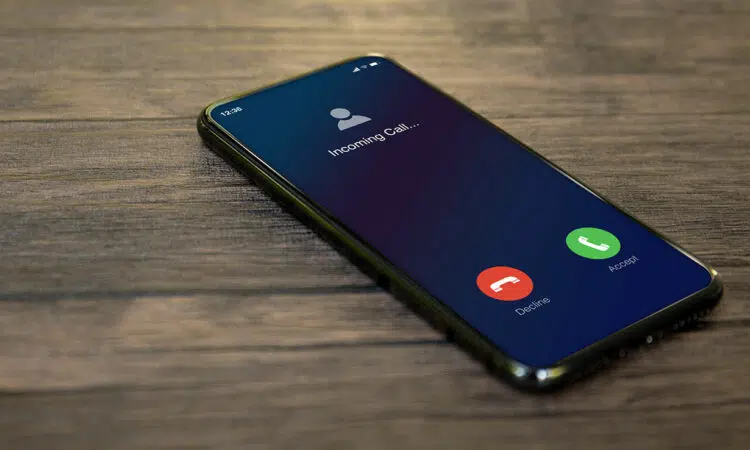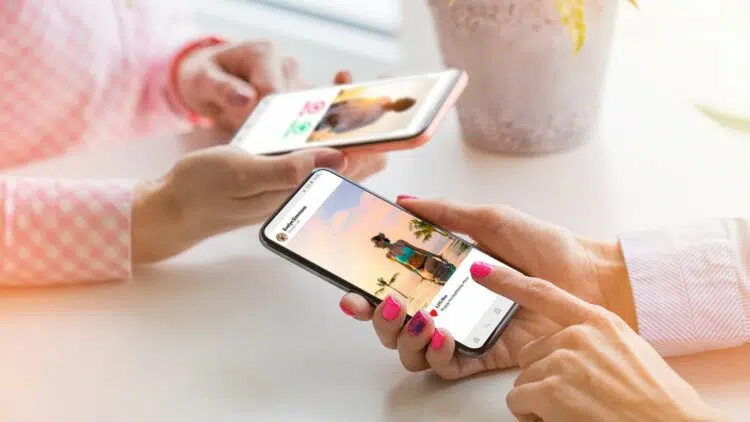The digital divide is a prevalent issue that has grown more pronounced in the wake of the digital age. As technology advances and becomes more embedded in our daily lives, it’s vital that all individuals have equal access to these digital tools.
A groundbreaking initiative to help bridge this divide is the provision of free government iPhones to low-income individuals and families. Let’s dive into how these devices are helping to promote digital equality.
Understanding the Digital Divide
When we talk about the digital divide, we’re referring to the distinct gap that exists between those who have ready access to modern technologies like smartphones, computers, and reliable internet, and those who don’t. This chasm is not just a global issue, but is quite noticeable in both the developing world and in economically disadvantaged communities in wealthier nations.
It’s important to understand that these days, having access to such technology isn’t just a nice bonus, it’s practically a lifeline. Our world is becoming more digital every day, affecting everything from how we work, to how we learn, to how we connect with each other.
So, those who lack access to these digital tools are at a significant disadvantage, struggling to keep up in a world that’s moving forward at high speed. It’s a tough reality, but there’s a silver lining in the form of a progressive initiative aimed at shrinking this divide: the distribution of free government iPhones to those who need them the most.
This program aims to put the power of technology into the hands of everyone, promoting equal access and opportunities.

The Role of Government in Bridging the Gap
The government, recognizing the critical role of digital technology in today’s society, has stepped up to the plate to combat the digital divide head-on.
Through the distribution of free iPhones to those within the lower income brackets, the government is not only supplying a doorway to the digital world, but also empowering these individuals to become active participants in the digital landscape. These devices are more than just a piece of tech; they serve as a means to access crucial information, services, and opportunities, helping to level the playing field for all.
The initiative underscores the government’s commitment to fostering digital inclusion, a key component of social and economic progress. Through these efforts, the government is not just handing out devices, they are giving people a chance to hold the future in their hands.
Impacts on Education and Learning Opportunities
Imagine a young student hailing from a low-income family. Now envision the vast difference that access to a free government phone could make in their educational journey. This isn’t just an impressive gadget; it’s a passport to a world of knowledge and opportunities. Through this device, a plethora of online educational resources are suddenly at their fingertips. The student can delve into extensive research, access an array of online textbooks, and even submit assignments from the comfort of their home.
Picture this scenario extending to the larger scale. A sea of students, previously limited by their lack of access to digital tools, now able to join virtual classrooms and partake in the dynamic, digital shift in education. They’re no longer passive spectators, but active participants in the global knowledge society.
The free government phone initiative is doing more than just handing out devices; it’s helping students cross the digital divide and realize their educational potential. It’s paving the way for a future where everyone, regardless of their economic standing, can fully participate in the digital era of learning.
This isn’t just about bridging a gap, it’s about empowering these students, encouraging them to reach for the stars, and ensuring that they have the right tools to grasp them.

Job Opportunities and Economic Benefits
Imagine a world where the barrier to employment is lifted, where a small device in your pocket opens up a galaxy of job prospects. That’s the power of a smartphone, and it’s precisely what the government phone initiative offers.
Picture someone who’s been unemployed, unable to secure work due to limited job postings in their immediate vicinity. With an phone, they are no longer limited by their geographic location. A multitude of online job portals are now accessible, expanding their job search and increasing their chances of finding employment.
And it doesn’t end with job searching. The range of work one can perform through a smartphone is extensive, from basic data entry tasks to intricate freelance gigs that can be accomplished remotely. It’s like holding a mini-office in the palm of your hand, ready to operate wherever and whenever needed.
But perhaps one of the most significant economic benefits of having access to a smartphone is the opportunity for skill development.
Digital skills are increasingly sought after in today’s job market, and with an phone, these skills can be honed at no additional cost. There are countless free online resources and courses available, paving the way for better jobs with higher pay.
In essence, the government phone initiative is more than just a tech giveaway; it’s an economic lifeline, a catalyst for financial stability and growth. So let’s applaud this endeavor that is not only reducing the digital divide but is also helping to economically uplift those who need it the most.
Enhancing Communication and Connectivity
Connectivity is a fundamental aspect of the human experience, and smartphones like the iPhone have revolutionized the way we communicate and connect. With these powerful devices, individuals are linked to a larger community, a global network of information exchange, and a platform to express their thoughts and ideas.
For those on the wrong side of the digital divide, this kind of connectivity may seem like a distant dream. But through the government phone initiative, that dream is being turned into a reality. These devices, more than just being conduits of information and learning resources, serve as catalysts for social interaction.
Imagine the potential of these devices to help forge supportive networks, especially in times of need. Think of the countless support groups, online communities, and resources that become accessible with the swipe of a finger. This can make a world of difference in an individual’s personal development and social mobility.
And it’s not just about social networks or forums. These phones also enable direct communication with friends, family, and even potential employers. This means that regardless of geographic location, these individuals can maintain important relationships and connections.
Ultimately, the government phones aren’t just devices—they are lifelines to the rest of the world. They are the bridges that connect people across the digital divide, enabling them to actively participate in a society that increasingly operates online.
Criticisms and Challenges of the Initiative
While the government phone initiative presents a promising stride toward digital equality, it is not without its fair share of detractors and obstacles.
Critics often raise eyebrows over the cost-effectiveness of the program, suggesting that the funds could be better utilized in improving digital infrastructure or literacy programs. Questions also arise over the program’s long-term sustainability; after all, technology evolves rapidly, and maintaining a continuous supply of up-to-date devices could present significant logistical and financial challenges.
Beyond financial and logistical concerns, there’s a subtler, but equally significant issue: digital literacy. Merely having a shiny new iPhone doesn’t automatically equip an individual with the knowledge to utilize it to its fullest potential. Without proper training and education, these devices may not be as transformative as intended.
This raises a crucial question: How can we ensure that recipients of these free phones also receive the necessary skills to navigate the digital world confidently and effectively? Addressing this challenge is paramount to truly bridging the digital divide and promoting digital equality for all.
The Path Forward for Digital Equality
The quest for digital equality is much like a jigsaw puzzle – it requires multiple pieces fitting together perfectly.
The government phone initiative is undoubtedly a major piece of this puzzle, but it alone can’t complete the picture. Other important pieces that need to be laid out include investments in digital literacy programs and the strengthening of internet infrastructure.
Consider this: a shiny new phone in the hands of someone who doesn’t know how to fully utilize it is like having a luxury sports car with no idea how to drive. This is where digital literacy comes in. It ensures that recipients of these devices can confidently navigate the digital world, making the most out of their new tech companions.
On the flip side, the most sophisticated smartphone is of little use without reliable internet access. It’s akin to having a ticket to the best show in town but no transportation to get there. That’s why enhancing digital infrastructure to provide stable, high-speed internet is critical.
The journey to digital equality is a comprehensive one, requiring persistent efforts on multiple fronts. But with continued commitment and collaboration, we can turn this aspiration into reality.
Imagine a world where every individual, regardless of their socioeconomic standing, can participate in the digital revolution. Let’s keep striving for that vision, because the future of digital equality isn’t just a pipe dream; it’s a possibility that’s within our grasp.


